Alright – so today we’ve got the honor of introducing you to Jaye Backus. We think you’ll enjoy our conversation, we’ve shared it below.
Alright, Jaye thanks for taking the time to share your stories and insights with us today. What were some of the most unexpected problems you’ve faced in your career and how did you resolve those issues?
I didn’t realize it at the time, but I started my business in a scarcity mindset and didn’t think much about what it would be like to actually own a business. I desperately wanted the flexibility to work on my own creative projects and was anxious to leave my old job to free up my time. I focused on short term goals and I gave very little thought to longterm affects of my business decisions. This led to a near 100% booking rate (I accepted every inquiry that came through my inbox – good or bad) and ultimately, a hand injury from overuse. As my offerings and products evolved I never shook the desperation and it permeated through every part of my business.
I, naively, was under the impression if I said yes to ~all the things~ I would eventually establish myself and be able to raise my prices as time went on. Because I was consistently undervaluing my work, I had a hard time setting boundaries. My clients were calling all the shots and I felt like an employee again – no time flexibility and working around the clock. My answer to almost any customer service problem was to immediately offer a full refund. Not only is this expensive, it’s not informative. I was so scared a client would have any less than an *incredible* experience with me, I was trying to overdeliver in my making up for it, instead of asking questions and understanding how I could improve.
I made business really personal instead of seeing it as solving a problem for money. Which is, ultimately, all it is.
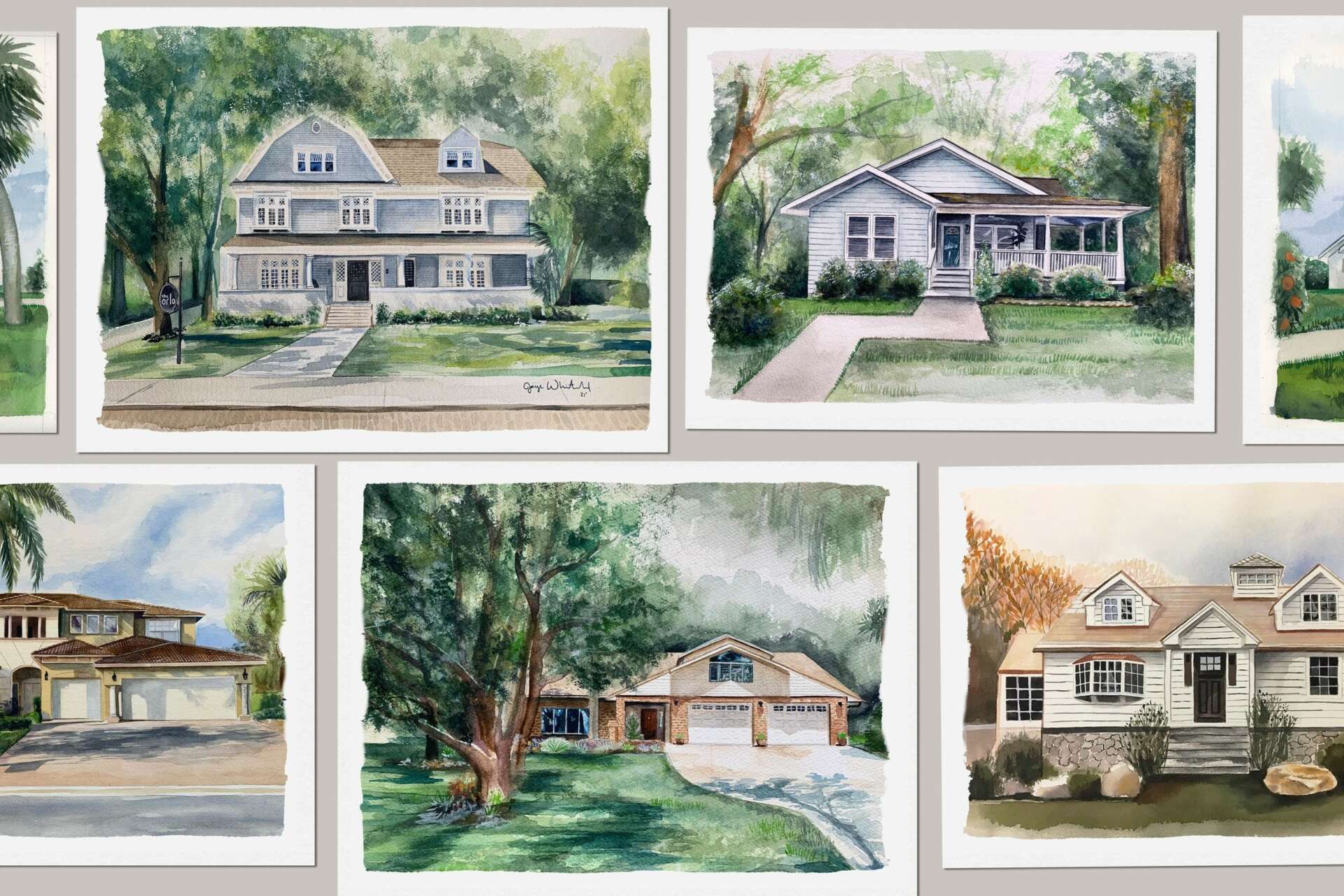
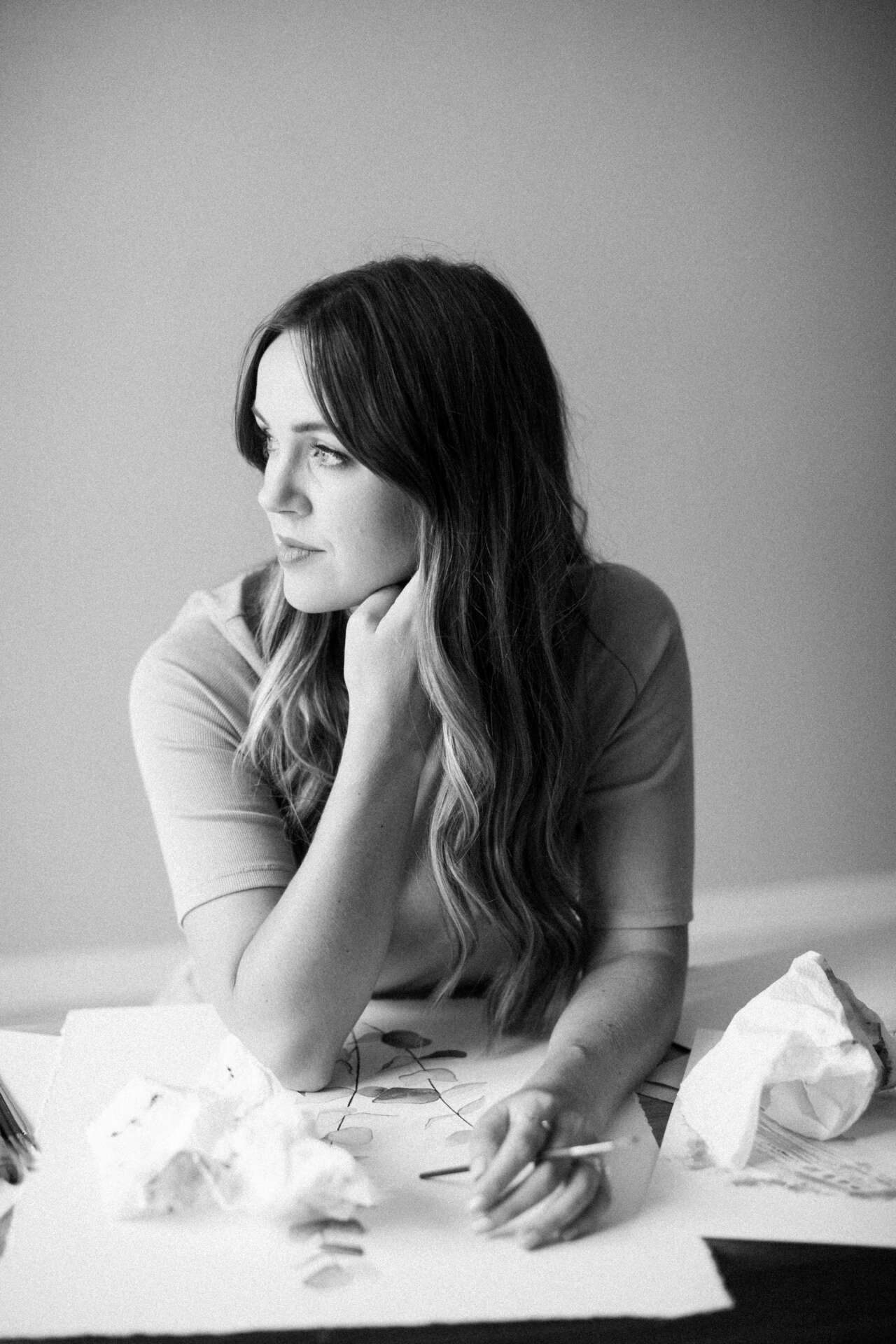
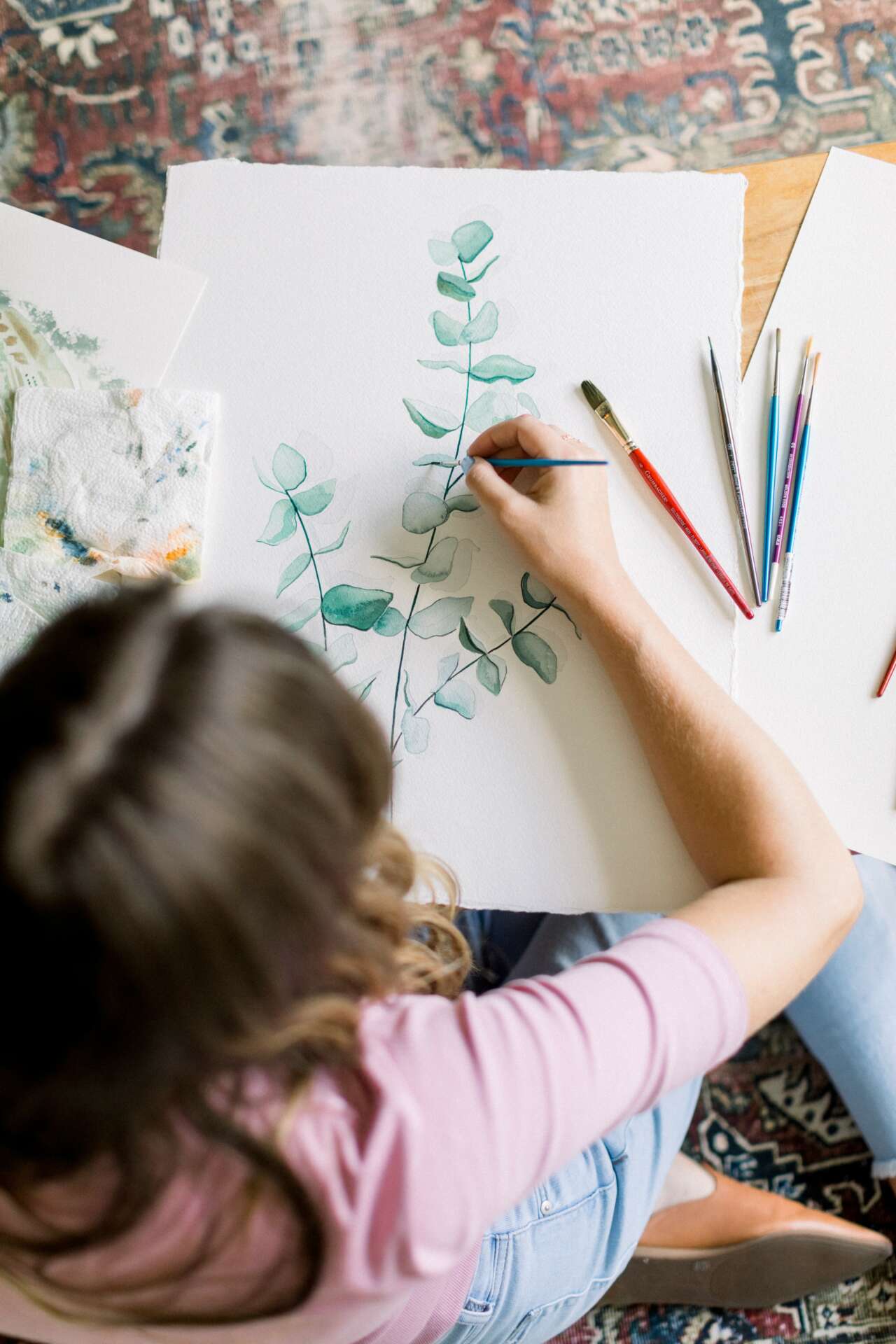
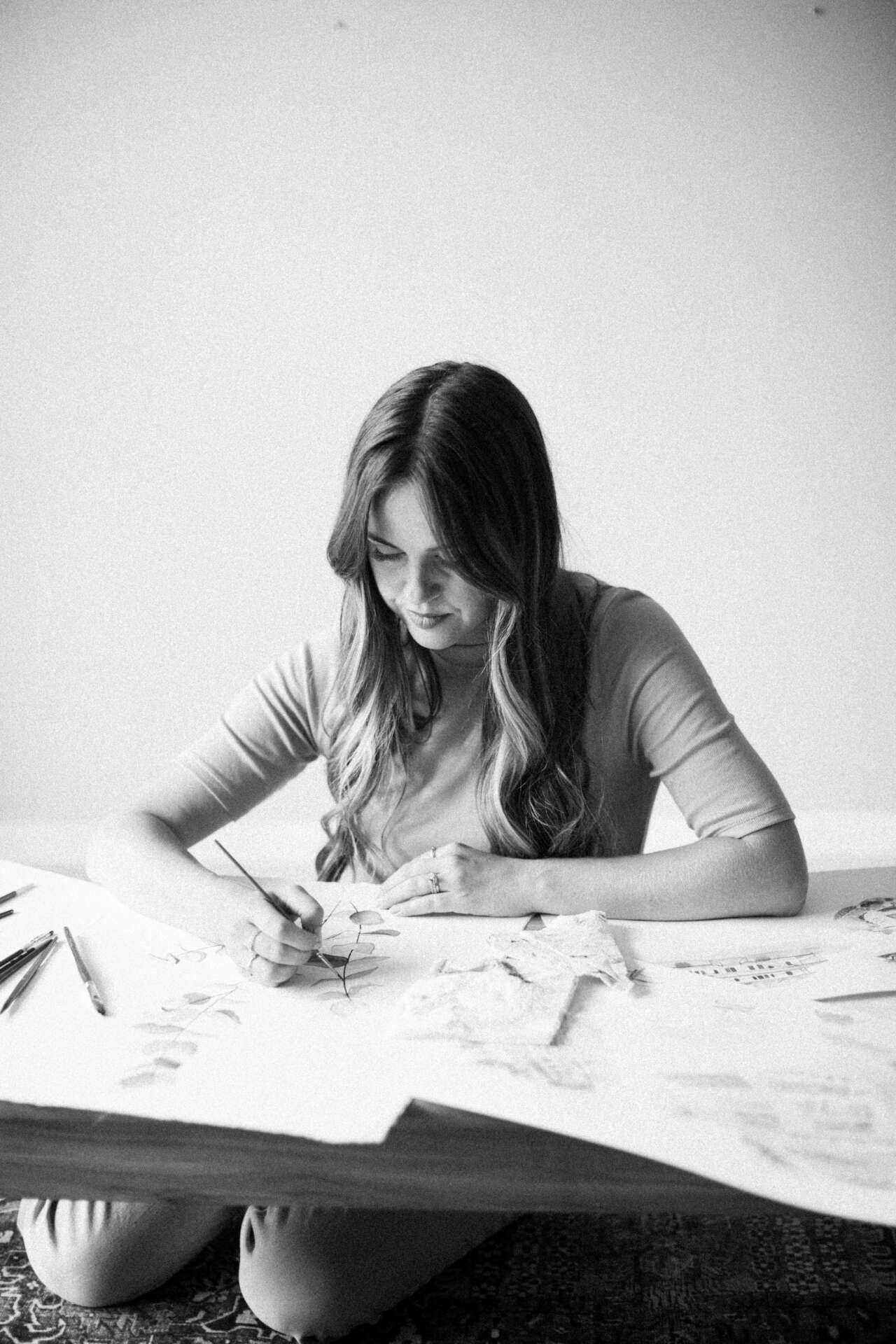
As always, we appreciate you sharing your insights and we’ve got a few more questions for you, but before we get to all of that can you take a minute to introduce yourself and give our readers some of your back background and context?
My grandmother first taught me to watercolor paint when I was a little kid. We used to pick flowers in her yard and paint them.
I studied fine art in college but worked as a textile designer in NYC after graduating. I always felt like I was straddling the lanes of traditional fine art and graphic design and have never known how to pick between the two. I essentially had a graphic design day-job and would come home and work on watercolor commissions after work.
The paintings I would do after work eventually started paying my rent and I was intrigued on how I could make it my full time job. Someone at my first job told me artists will always be the least paid in the office. “They don’t do it for the money, they do it because they love it!” Is what she said. That never sat right with me. Art is a skill and I wanted to prove her wrong.
In 2018 I began selling paper goods featuring my custom watercolor designs. I wasn’t confident enough to charge more than $500 a painting and I thought I would have better luck selling greeting cards for $5. I eventually had my products in over 30 boutiques across Florida. As the business grew I realized the volume of merchandise it would take to become profitable and I decided I wanted to pursue a different path for my career.
I niched into wedding stationery design and after 1.5 years I was working non-stop and was completely burnt-out. I had even injured my hand from overuse. I wasn’t the right personality for the industry despite it teaching me so many valuable lessons. I took different jobs and spent a lot of time learning from my mistakes and reflecting on what I could’ve done better. To be honest, this was an awful, yet pivotal time in my career.
I had to reconsider the way that I worked, as well as what I worked on. After lots of thought, and feedback from a few helpful mentors, I realized my unique speciality was blending my background in fine art with a love of graphic design. I needed to stick to what I was great at and learn to charge appropriately for it.
Now I offer hand drawn illustration and graphic design freelance services. I have a few retainer clients and work on one-off projects. I have learned to say “no” to projects that aren’t a good fit. I have learned to charge appropriate rates for my skill level and experience. Learning to set boundaries has been game-changing. I have booked projects this year I would have never dreamed were possible. I am working on a collection of paintings to sell this holiday season.
I used to feel so ashamed of these pivots in my career but now I feel proud. I know I have come a long way.
Do you have multiple revenue streams – if so, can you talk to us about those streams and how your developed them?
Earlier this year, a friend I met in a business group asked if I would be interested in being on a retainer for his marketing agency, Marketing Mission. I said yes and it has been such a wonderful experience where I work about 10 hours a week. Not only is he a fantastic boss (counteracting my old narrative that working for someone else feels confining) he is creative and collaborative. I have loved the structure of knowing those 10 hours are accounted for each week. Diversifying my income has relieved pressure and enabled me to more carefully choose the projects I say yes to.
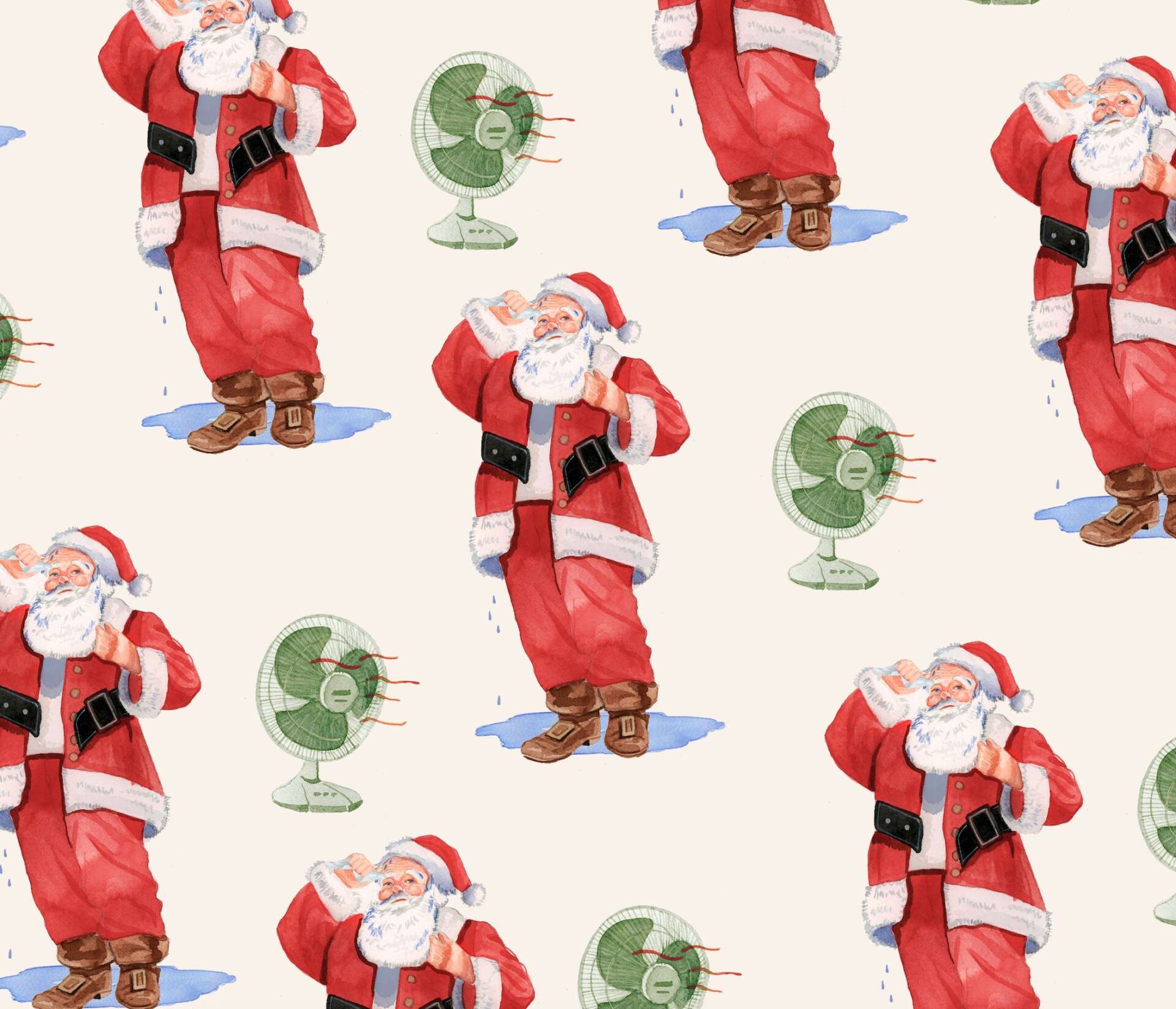

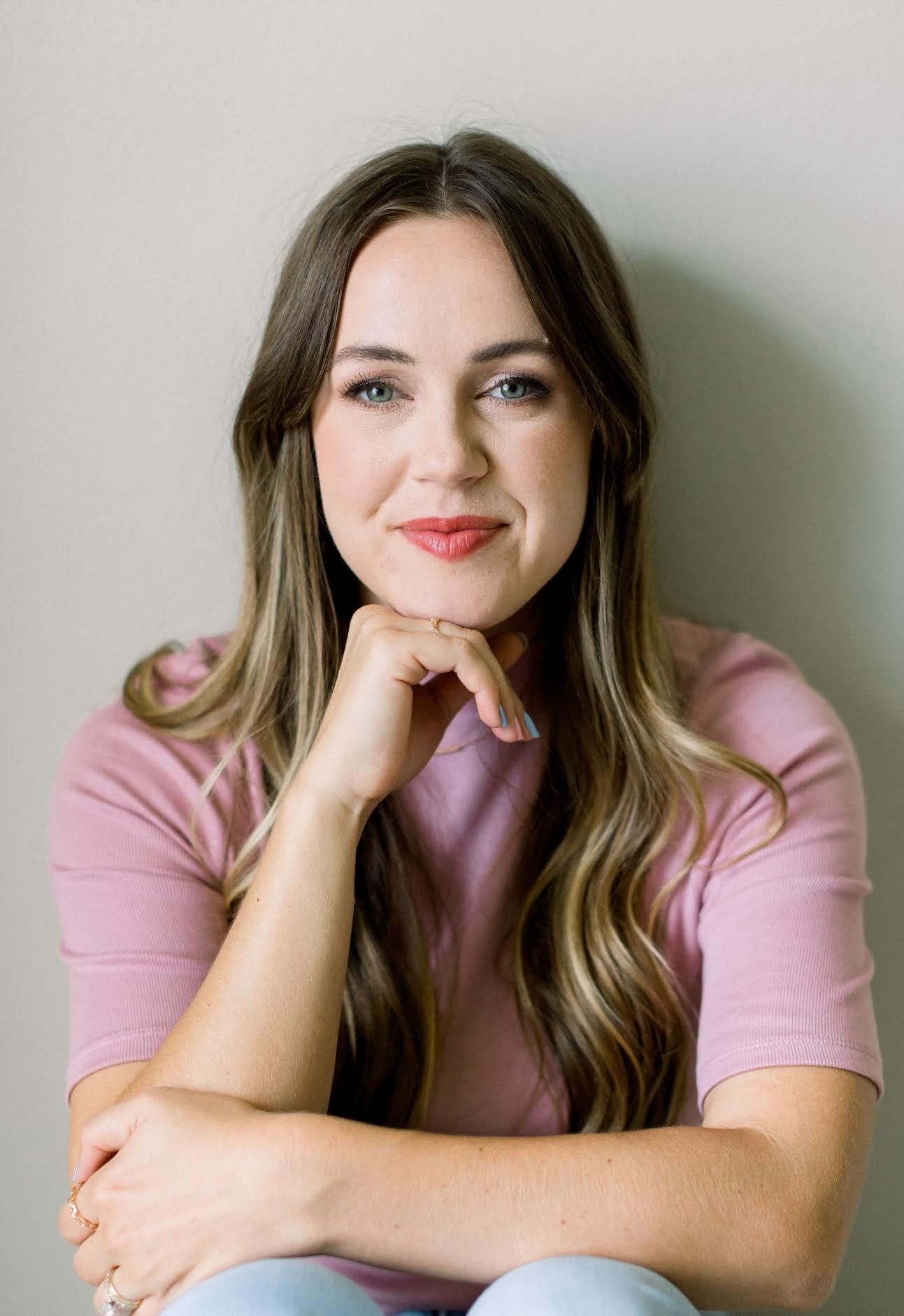
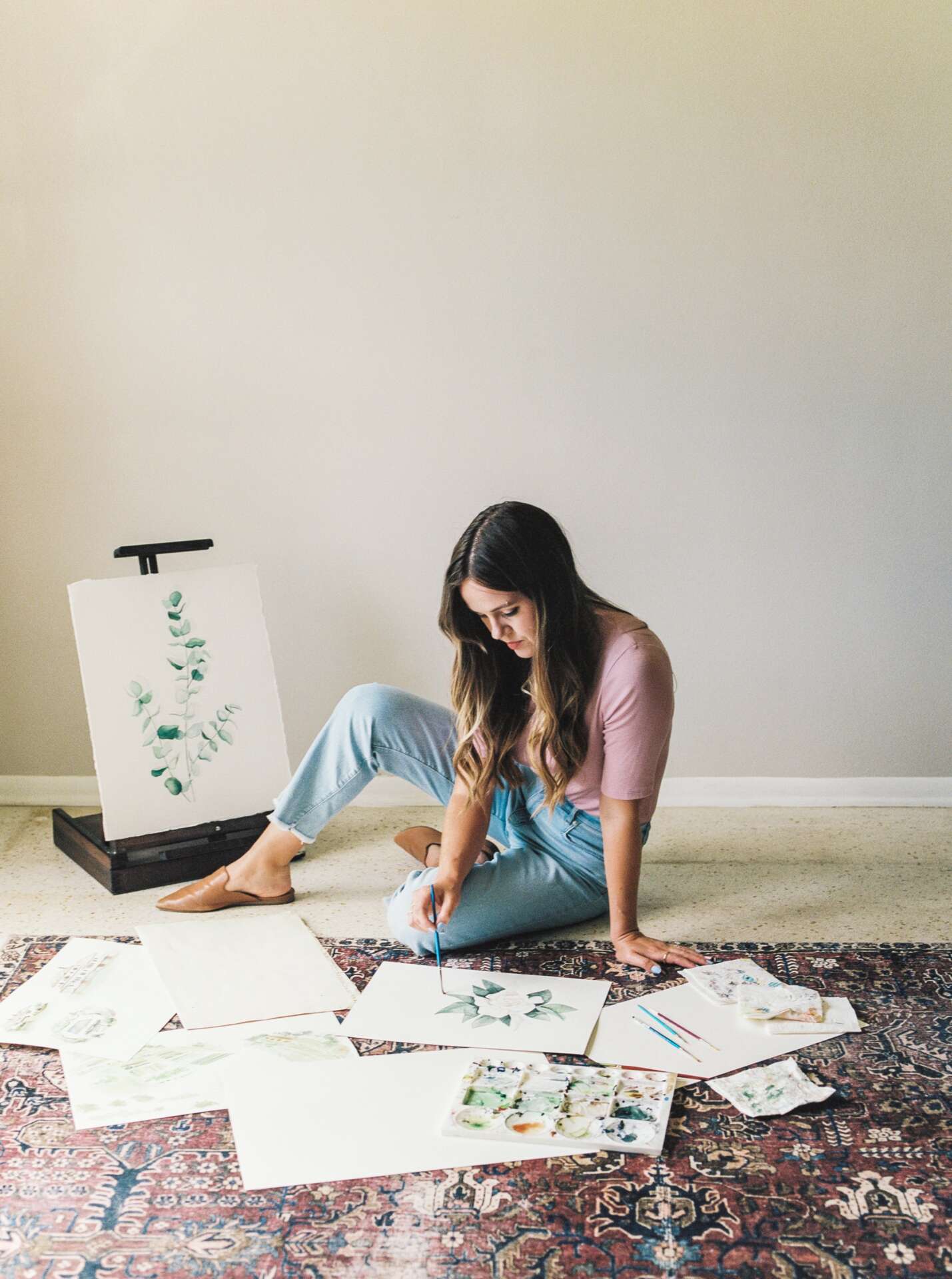
Learning and unlearning are both critical parts of growth – can you share a story of a time when you had to unlearn a lesson?
I had to learn that business is nothing more than solving a problem for money.
My friend and mentor, Kate Rosenow of Work Well with Kate, first told me that. My tendency is always going to be to make things personal. Creating art feels personal to me. However, I had to learn to separate the art/design from the problem it was solving. Design is important and impactful. Design helps us visually understand information. Art evokes emotions and has influence. Both things have real market value and artists and designers should be paid for their skills the same way other industry professionals are.
I used to feel embarrassed to charge appropriately for my artwork. I saw it as a reflection of myself. Now I work to see it as solving a problem for clients. I’m happy and proud to solve problems for clients in the form of art and design.
Contact Info:
- Website: www.jayeb.studio
- Instagram: jayebstudio
Image Credits
Emily Marie Photography


